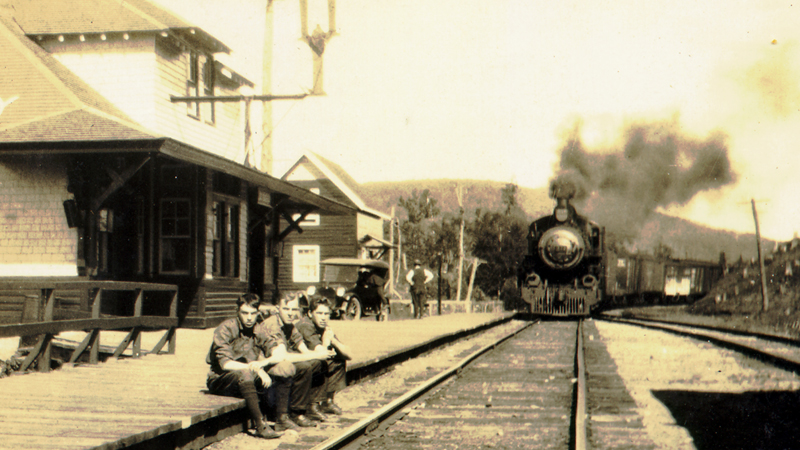

CIOTAT STUDIO is 1895, the year during which Auguste and Louis Lumière produced some of the world's first motion pictures. Their films captivated the public by depicting ordinary subjects through an extra-ordinary media: workers leaving a factory, a baby's meal, a sprinkler sprinkled, destruction of a wall, aomng others. An obsession with progress led to the creation of the motion pictures, but an impulse for reflection shaped its early character. Later in 1895, when the Lumière Brothers filmed The Arrival of a Train at La Ciotat Station, everything changed. Although conceived as just another motion picture, the railroad effigy startled its audience by placing it directly in the path of an oncoming train. The film collapsed fear and wonder into a single experience, and history was repeating itself in a curious way. A generation before the invention of cinema, the advent of train travel produced as much thrill as anxiety in the public, as the threat of accidents and crime countered the attraction of superhuman movement. The railroad epitomized the alluring uneasiness of the industrial age, but regulations and familiarity eventually diluted its aesthetic. The arrival of a train at La Ciotat Station reintroduced the public to shock and displacement. The film provided not only an image of a train, but also (and more significantly) an experience of the railroad. The Lumière Brothers did not seek transcendence. They sought to capture the world as they saw it, but something else happened. CIOTAT STUDIO aspires to that serendipity and accidental impact. Ciotat is cinema architecture, not cinematic architecture. Ciotat is architecture cinema, not architectural cinema.